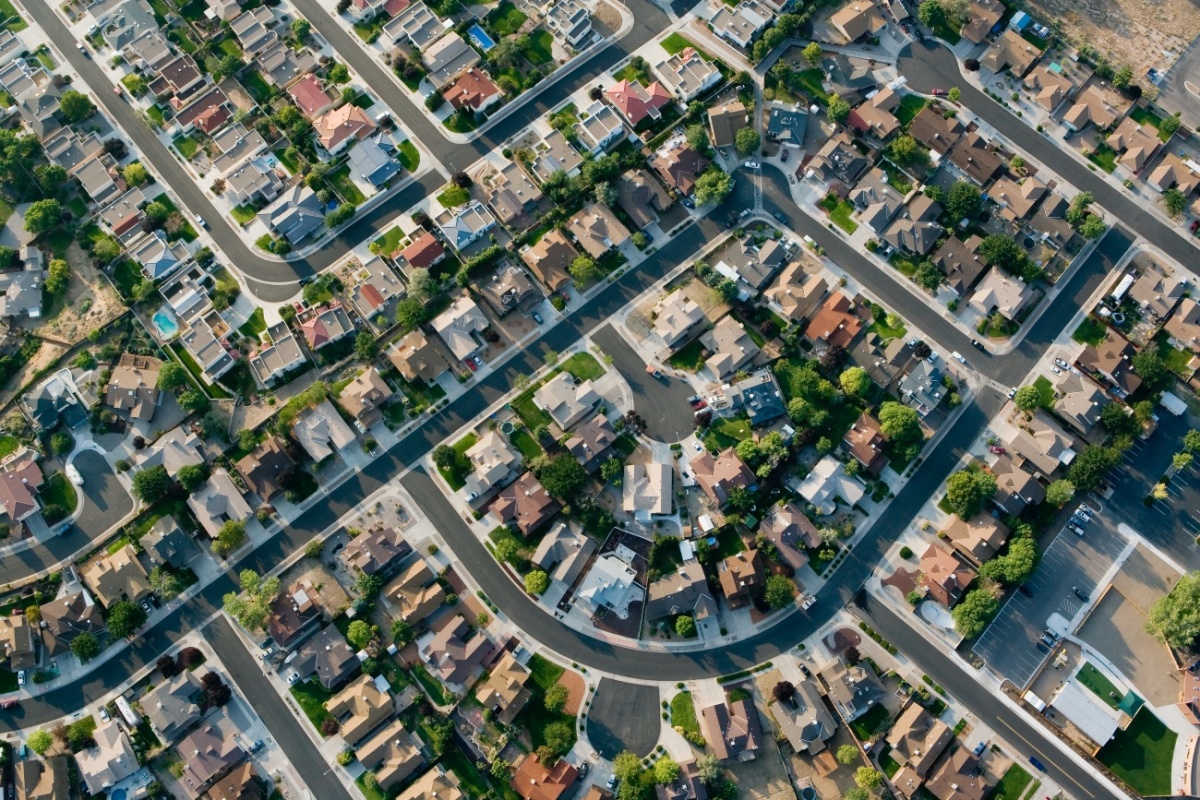Editor’s Note: The web version of this article was revised after the magazine went to press to acknowledge KC Conway for his study and writing on Adaptive Reuse 2.0.
This content was adapted from CRE’s annual "Top Ten Issues Affecting Real Estate" for 2021.
Adaptive reuse and infrastructure represent two of the 10 issues expected to have the most impact on real estate during the 2021–2022 cycle, according to The Counselors of Real Estate’s latest list of current and emerging trends.
Approach to Property Use Must Evolve
Adaptive Reuse 2.0, or “the neighborhood approach,” as coined by KC Conway, MAI, CRE, CCIM, principal and co-founder at Red Shoe Economics, involves responding to the challenge of what to do with hundreds of defunct suburban malls and thousands of empty big-box retail stores surrounded by housing.
Writing for CRE, Conway says housing affordability pressures and remote work models will accelerate the trend of movement away from preserving and enhancing single, mostly historic assets in urban areas toward a broader neighborhood approach. The initial 2020 census data and annual U-Haul Migration report show that the U.S. population and workforce are moving inland and to suburbia to find affordability and quality of life.
The neighborhood approach, Conway says, involves reexamining and repositioning our suburban communities for transformation before the opportunity passes them over, or worse, creates blight that will need to be addressed later at a much higher cost. Some communities are ahead of the curve, he says. They’re moving toward an infrastructure that’s more walkable and driverless-car friendly and that uses less land for parking.
Infrastructure Investment Becomes An Imperative
To maintain the U.S.’s strong economic competitive position, observers agree all areas of infrastructure need more investment. The American Society of Civil Engineers classifies U.S. infrastructure as “poor” and “at risk,” while the World Economic Forum’s Global Competitiveness Report ranks the U.S. 13th in the world.
ASCE estimates the U.S. infrastructure funding gap in 2021 to be $2.6 trillion, up 24% from 2017. Public safety is at risk from failed water systems, roads, dams, and other shortfalls. In addition, the McKinsey Global Institute estimates that fully closing the physical infrastructure gap could translate into 1.2%, or 1.5 million, more jobs across the economy. The U.S. spends only 2.3% of GDP on infrastructure, while European countries spend 5% on average, and China spends about 8%.
As electrification and renewables increase, the electric grid needs significant new infrastructure investment. Additionally, buildings, which consume about 40% of total energy use, and water systems, which can represent 30%–40% of a municipality’s energy bill, need to be more energy efficient. As tenants and their employees move to electric transit, the cities and neighborhoods that work to encourage electromobility will be prime investment locations.















